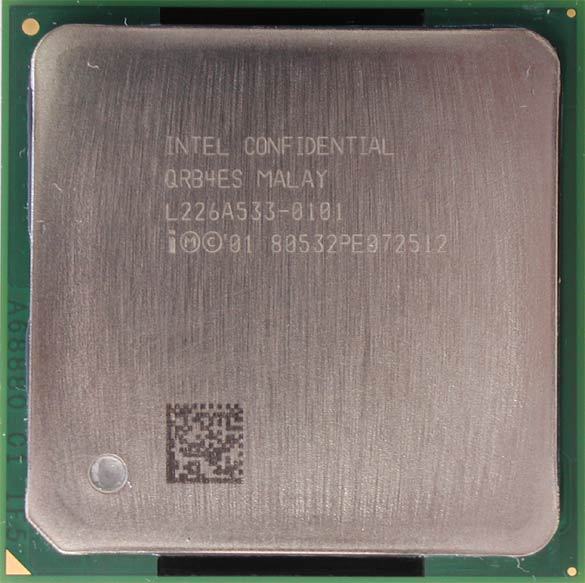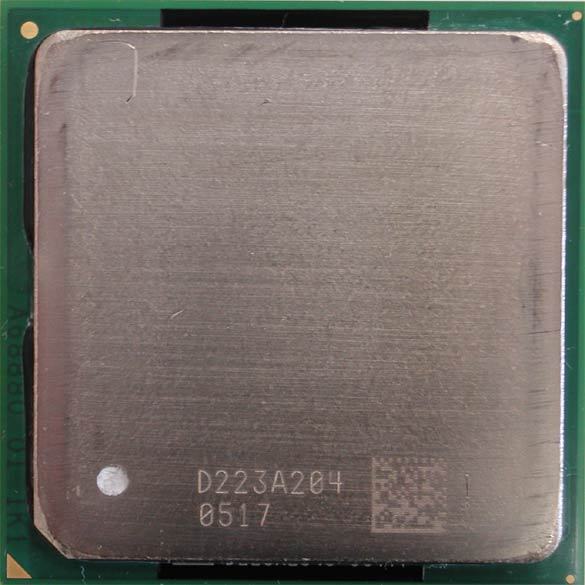Hot Contraband: P4 With 3.6 GHz
Update On Sep 12, 2002: The Picture Issue
We have a Pentium 4 in the lab that is completely unlocked. This makes it possible to choose a multiplier of any value as desired (higher and lower values), as long as you make the necessary manipulations to the core voltage on the motherboard. Our source had originally asked us not to publish a photo of this special CPU. Now the situation has changed - we will show a photo of the CPU, but we still refrain from naming our source. By the way, the results of a Pentium 4 3.6 GHz (at standard FSB clock) are still valid.
Regarding the photo that has been much talked about in discussion groups, Tom's Hardware Guide has never claimed this to be a Pentium 4 3.6 GHz. Instead, the caption reads: "The design of future P4 CPUs will not change. Starting with the 3.06 GHz version (to be launched in November 2002), virtual multi-processing (Hyperthreading) will be supported."
Judging by the discussions, it strikes us that only few have recognized the scalability of the Pentium 4. Without overclocking the Front Side Bus, it's already possible to run an Intel processor at a CPU clock of 3.6 GHz. The article describes this technological potential that future Intel processors enable today. It wasn't about a traditional product launch for a CPU that is available on the market.
In order to make things clear, here are two original photos:
A Pentium 4 CPU for OEMs and editorial tests. This CPU is locked starting from a specific clock speed. With any clock speed falling below this limit, the multiplier can be adjusted. For example: with a P4 that has been locked starting at 2.4 GHz, tests can also be made at clock speeds of 2.3 GHz and 2.2 GHz. 2.5 GHz, however, is not possible if the FSB remains at its standard clock frequency.
A special Pentium 4 CPU from an undisclosed source. This CPU is completely unlocked. Any multiplier value can be selected until the stability limit has been reached.
Get Tom's Hardware's best news and in-depth reviews, straight to your inbox.
Current page: Update On Sep 12, 2002: The Picture Issue
Prev Page Conclusion: 3.6 GHz P4 Outclasses The X86 World - Waiting For The AMD Hammer
